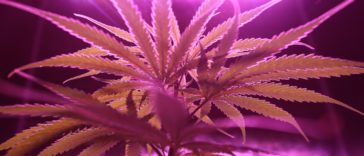This website is informational and cannot diagnose or treat illness or disease. Medical marijuana should be used under the direction of a licensed healthcare provider. This site contains advertisements. If you click a link and make a purchase, MarijuanaMommy.com may receive a commission.
Understanding the Therapeutic Effects of Cannabis
Many people are aware of the therapeutic effects cannabis can have on the body. What those effects are varies from person-to-person. The structure of cannabis is a complex and many variables are at play regarding cannabis therapeutics. This means, what works for one might not work for another. We still have a great deal of research to do before we’ll understand the full-potential of this plant.
Cannabis is composed of over 100 cannabinoids and each cannabinoid has it its own unique function. Cannabinoids cause changes as they interact with cannabinoid receptors in the body. Below we will explore cannabinoid receptors and how they work in the body to better understand the impact cannabis can make on our health.
As patients begin to explore cannabis as a medicine, they often wonder why cannabis is effective. Cannabis has therapeutic effects, thanks to the endocannabinoid system.
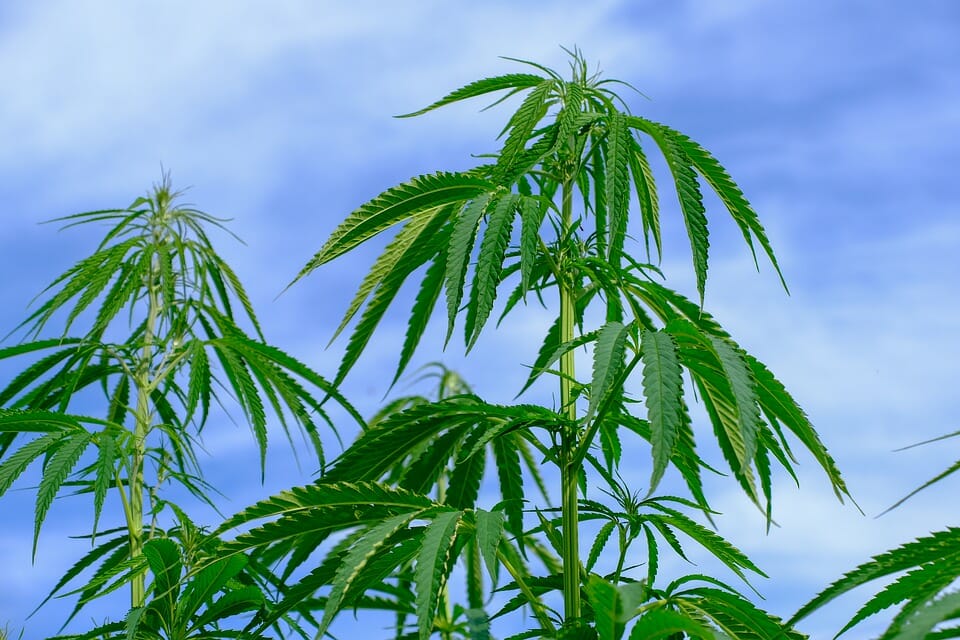
The Endocannabinoid System
To first understand what cannabinoid receptors are, we need to understand the Endocannabinoid System. The endocannabinoid system is believed to be the foundation block of many other systems in the body. The endocannabinoid system is a biochemical communication system enabling complex cells to communicate with each other and regulate various functions in our body. The endocannabinoid system is believed to regulate:
- Mood
- Appetite
- Sleep
- Memory
- Immunity
- Digestion
- and much more…
Every animal has an endocannabinoid system. This is why cats and dogs may be good candidates for CBD too.
Many clinicians believe the purpose of your endocannabinoid system is responsible for bringing your body back to homeostasis and into balance.

What are Cannabinoid Receptors?
Cannabinoid Receptors (CB Receptors)
One of the key components of the endocannabinoid system is the CB receptors.
The primary function of the CB Receptor is to receive messages in the form of cannabinoids. Cannabinods fit cannabinoid receptors, like a key fits a lock.
So far two different types of CB receptors have been identified. CB1 and CB2. Both receptors are found all over the body but in different concentrations.
CB1 is highly concentrated in the brain. THC is known to activate CB1 receptors which is why it causes feelings of intoxication or causes people to feel high.
CB2 receptors are found throughout the body, with higher concentrations in within immune system tissues, organ tissues and skin.
But the endocannabinoid system involved more than just CB receptors. There are other types of receptors that also receive cannabinoids.
The number and quality of CB receptors can vary from person-to-person which is one of the reasons the therapeutic effects of cannabis varies.
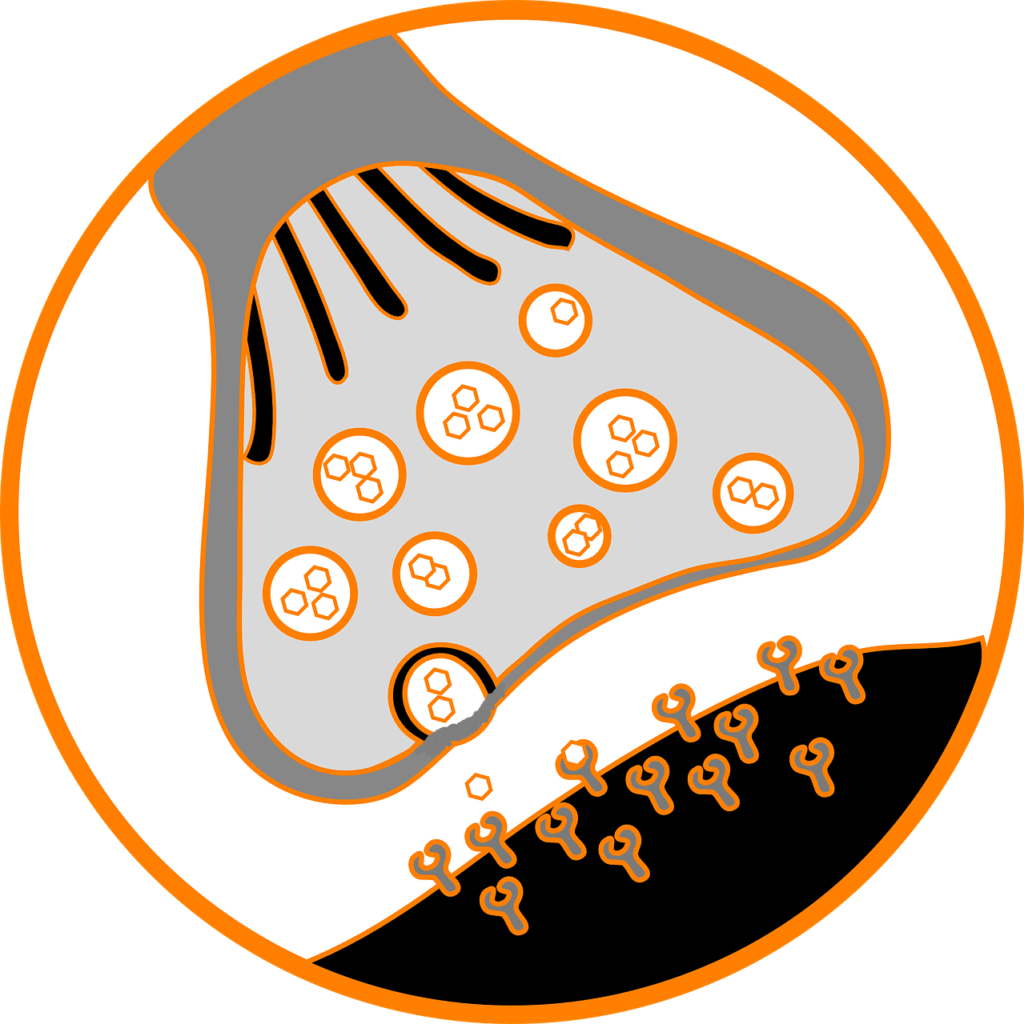
TRPV Channel Receptors
TRP stands for Transient Receptor Potential, which is essentially a family of ion channels. These channels have been implicated in many physiological processes, ranging from pain, itch, temperature sensation, the regulation of cardiovascular function, the regulation of neurotransmitter release, embryological development, and immune function.
Humans express 27 TRP channels. One TRP channel in particular is the TRPV channel.
Studies suggest that cannabinoids can interact with the TRPV receptors to stimulate and desensitize the activation of the TRPV channels initiating therapeutic effects on the body.
G-Protein Coupled Receptors (GPRs)
G-Protein Coupled Receptors or GPRs are another essential receptor within the endocannabinoid system. Studies show that GPRs interact with cannabinoids to produce therapeutic effects.
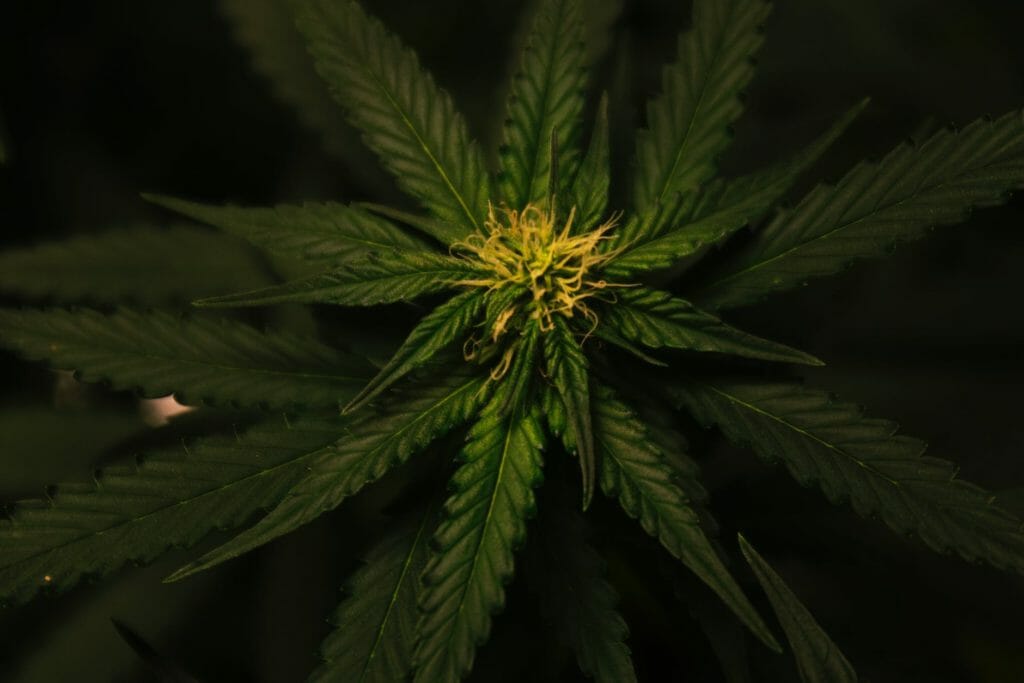
Cannabinoids
The term cannabinoids is often used to describe the phytocannabinoids in cannabis plants, but there are other types of cannabinoids too. There are synthetic cannabinoids made in a lab. And then there are endocannabinoids, natural cannabinoids found in every human body.

Endocannabinoids
Endocannabinoids are natural molecules made by the body. Cannabinoid receptors exist to receive natural endocannabinoids. So far, scientists have identified five (5) naturally existing endocannabinoids in humans.
Within the endocannabinoid system, endocannabinoids bind to cannabinoid receptors to initiate therapeutic effects.
Two of the best researched endocannabinoids are:
Anandamide: Is a fatty acid neurotransmitter, also known as the ‘bliss molecule’ which is known to evoke an emotional response in the brain to make you feel happy and content.
2- Arachidonoylglycerol (AG): This is found primarily in the central nervous system, known to regulate appetite, and manage pain.

Metabolic Enzymes
Specialized metabolic enzymes are also part of the endocannabinoids system. Metabolic enzymes break down cannabinoids and renders them inactive.
For example, Fatty acid amide hydrolase (FAAH) breaks down THC. Every person has a different level of metabolic enzymes which is one of the reasons cannabis affects each person differently.
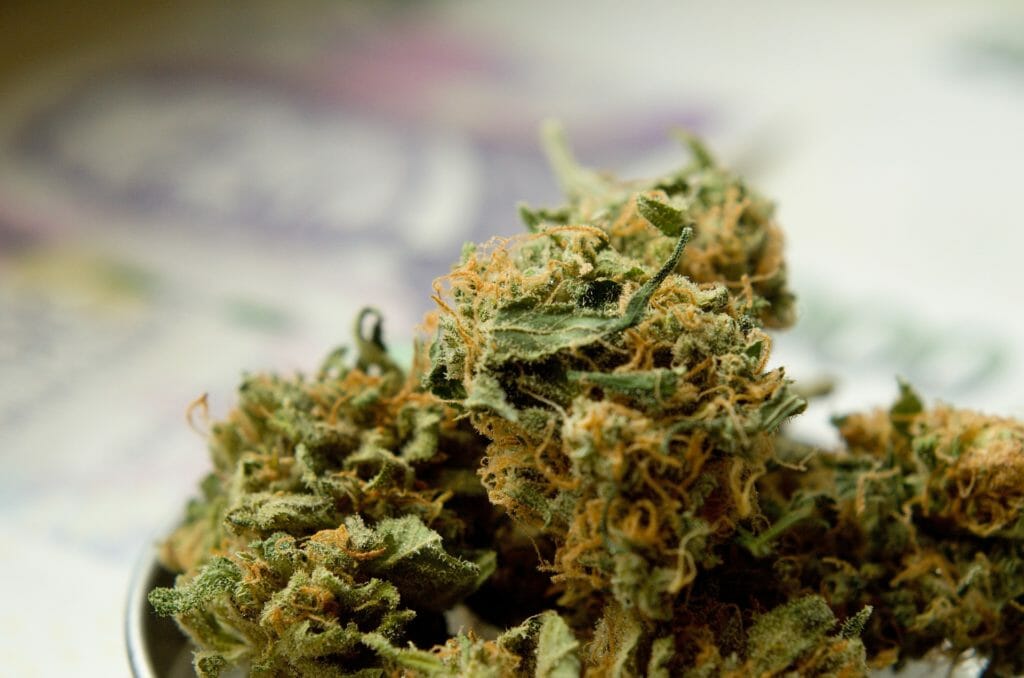
Phytocannabiniods
There are many cannabinoids found in the cannabis plant, there are a few that are the most popular and widely studied.
- THC (Tetrahydrocannabinol) – Known to activate the (CB1) receptor cells in the brain, central nervous system and other essential areas.
- CBD (Cannabidiol) – Activates the (CB2) receptors of the body located in the organs, skin, immune system and other areas. May alleviate inflammation, reduce pain, nausea and relieve stress without causing the feelings of intoxication.
- CBN (Cannabinol) – Activates the (CB2) receptor of the body but also can bind to the (CB1) receptors since CBN is essentially derived from THC. CBN is derived from oxidized THC. This cannabinoid is reported as a sleep aid, but there’s no research to support that claim.
- CBG (Cannabigerol) – CBG interacts with both the (CB1) and (CB2) receptors and can inhibit the intoxicating effects of THC. CBG is also thought to boost anandamide, which helps give you an uplifting feeling. It is also purported to be an anti-inflammatory.
- CBC (Cannabichromene) – A non-psychoactive binds poorly to (CB1) receptor cells and does not activate the cannabinoid receptors in your endocannabinoid system like most other cannabinoids. It is great to use in combination with other cannabinoids. Some patients are using it as an antidepressant, but more research is needed.
- THCV (Tetrahydrocannabivarin) – High doses of THCV can activate (CB1) and (CB2) receptors. Researchers aren’t sure if it’s psychoactive or not. THCV is also known to be an appetite suppressant which is the opposite of THC.
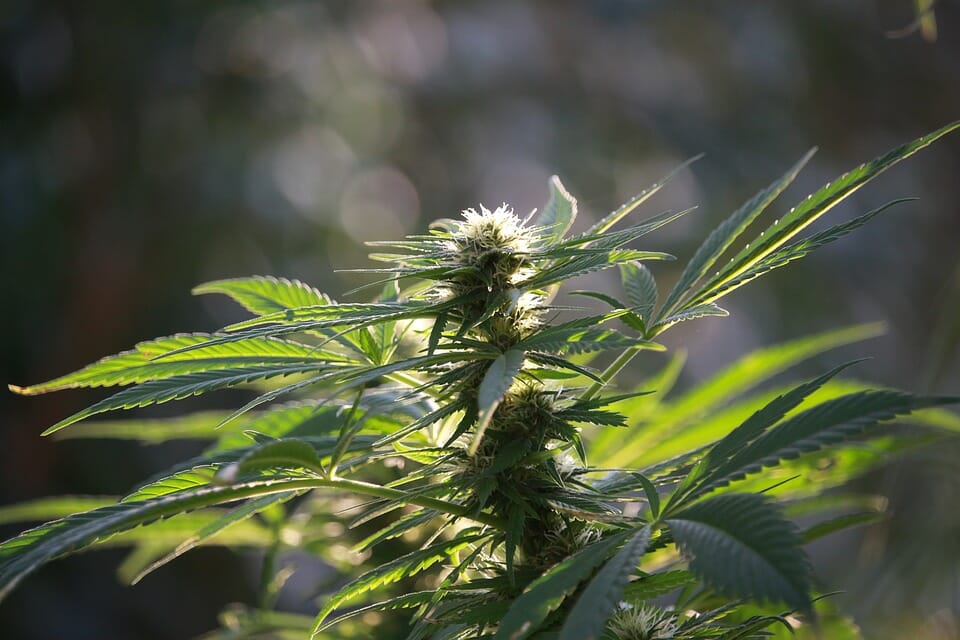
Conclusion
The endocannabinoid system is a complex and extremely important part of every human body. Much research needs to be done to understand the various ways we can tone and activate the endocannabinoid system. As more states are legalizing cannabis, we expect to see advancements in the industry and more understanding of the ways cannabis may transform our health.
 About the Author
About the Author
Dawna L. is a cannabis/CBD enthusiast and site owner at thereliefleaf.com. She is a mom of three with a passion for health and wellness. After injuring her back and neck from a car accident she used natural health techniques to manage her pain and speed healing with cannabis.Trending Now


